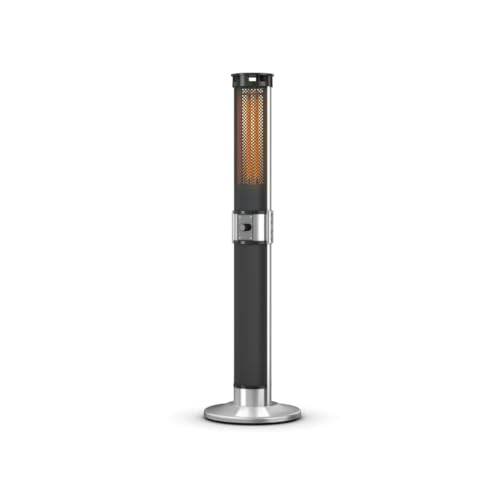How to Choose a Patio Heat Lamp Electric
When you're looking to heat your patio, you've got several options. Electric heaters are much more convenient than propane models that require fuel refills. They can be heated instantly by pressing a button or flipping a switch.
These units also don't emit gases that could pose a health risk. Some models have adjustable temperature settings for different distances.
Heater Type
With the right patio heater, you will be able to comfortably enjoy your outdoor living spaces into the night and across the seasons. Patio heaters are available in a variety of varieties, including freestanding propane or natural gas models and wall- or ceiling mounted electric radiant heaters. Your choice will depend on the size of the area, the power sources available, and your personal preferences.
The majority of patio heaters are powered by electricity or liquid gas, or natural, and emit heat via convection and radiant heating. The output of heat from patio heaters is measured in watts which can be converted into British thermal units (BTUs) to provide a comparison. Some models have adjustable heating settings for greater flexibility.
A patio heat lamp combines an electric burner on a pole with a perforated screen that reflect the flames and sends the heat downwards to warm people, furniture and other objects. Some have an reflector on top of the burner that can be silvered to reduce the amount of heat lost upwards.
The most popular type of patio heater that is a gas patio heater, is often seen in outdoor seating areas of restaurants and bars as they generate lots of heat quickly and spread it evenly in all directions, making them ideal for warming multiple tables. These heaters are portable and can run on a propane tank or be plumbed in to your natural gas line. This is more convenient and comes with lower upfront costs, however it requires fuel.
A increasing number of homes are fitted with natural gas lines, making them the perfect solution for those who prefer to use a gas patio heater. They are easy to install, however they require a gas line that is properly installed and working to be secure. Natural gas heaters that are portable come with extension hoses to overcome this limitation, but these can be a tripping risk and can create an additional fire hazard when not in use.
Safety

Most electric patio heaters are safe to use in covered areas because they allow heat to radiate outward, instead of upwards toward combustible materials like the roof. However, they're not meant to be used on an open roof; the heater must be installed at least 18" from adjacent walls or 6" from the ceiling to prevent fire hazards.
Gas and propane patio heaters are usually safe to be installed in enclosed areas with the proper cover made for outdoor use. The covers are typically made of fire-resistant fabric and come with an open roof that can be closed. These types of patio heaters are prone to safety concerns related to the flames and fumes they produce. They should be located away from flammable objects like curtains and chairs.
Follow the instructions and safety measures of the manufacturer when installing the patio heater or heat lamp. Be sure to select the one with UL and CSA certifications, and also read the owner's manual thoroughly. Make sure the heater is not within reach of children and pets. Some patio heaters that stand on their own such as EUROM's have an automatic tipping safety that shuts down the device in the event of a fall.
If your patio heater is connected to a natural-gas line, you should be sure to check the condition of the line regularly and test it by a qualified professional for leaks. If the line needs to be replaced, be sure to employ an authorized plumber. electric outdoor heater for patio can determine if the line has been properly routed or if it should be run through an underground pipe. A professional will also be able to ensure that the patio heater is connected to an outlet that is GFCI-rated (ground fault circuit interruptioner) to guard against electric sparks and fires.
Installation
The height of the patio heater determines how much heat it radiates into the room. The heater should be positioned away from surfaces like plastic and wood that could deform. Depending on the model of the heater you can decide to mount it on a wall or a structure using standard mounting brackets. Certain models come with soft start, which reduces peak current to safeguard your circuits.
